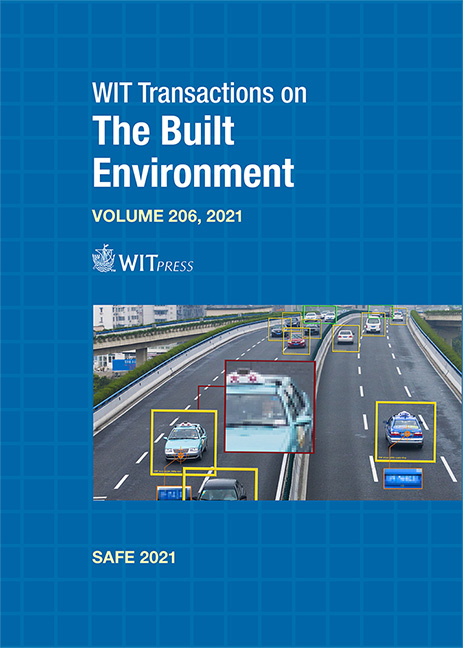RISK REDUCTION IN TRANSPORT SYSTEM IN EMERGENCY CONDITIONS: A FRAMEWORK FOR DEMAND ANALYSIS
Price
Free (open access)
Transaction
Volume
206
Pages
12
Page Range
255 - 266
Published
2022
Paper DOI
10.2495/SAFE210211
Copyright
Author(s)
FRANCESCO RUSSO, GIOVANNA CHILA
Abstract
The aim of this work is to present a framework of the major contributions which consider demand in evacuation conditions. The production of works related to mobility simulation in evacuation conditions has significantly increased after Katrina event from one side and 9/11 event from the other, even if in the last years the attention is decreased. Several models have been developed, but, in most cases, these are implemented considering an isolated area with a non-system approach. In this work it is proposed a classification of literature models which simulate evacuation conditions and are demand-focused in relation to the effect in the transport system, considering mainly models that deal with natural disasters. The classification is presented, after a brief analysis of literature regarding demand models in the framework of behavioural-topological paradigm, core of transportation system model. The basic elements of the dynamic demand models developed in the literature are then recalled, classified according to the components that explain the dynamic aspects (attributes, parameters, residues). Sequential analysis is then proposed as a tool to highlight the presence of dynamic components.
Keywords
risk reduction, exposure, evacuation, dynamic demand, sequential analysis, transport systems, utility updating





